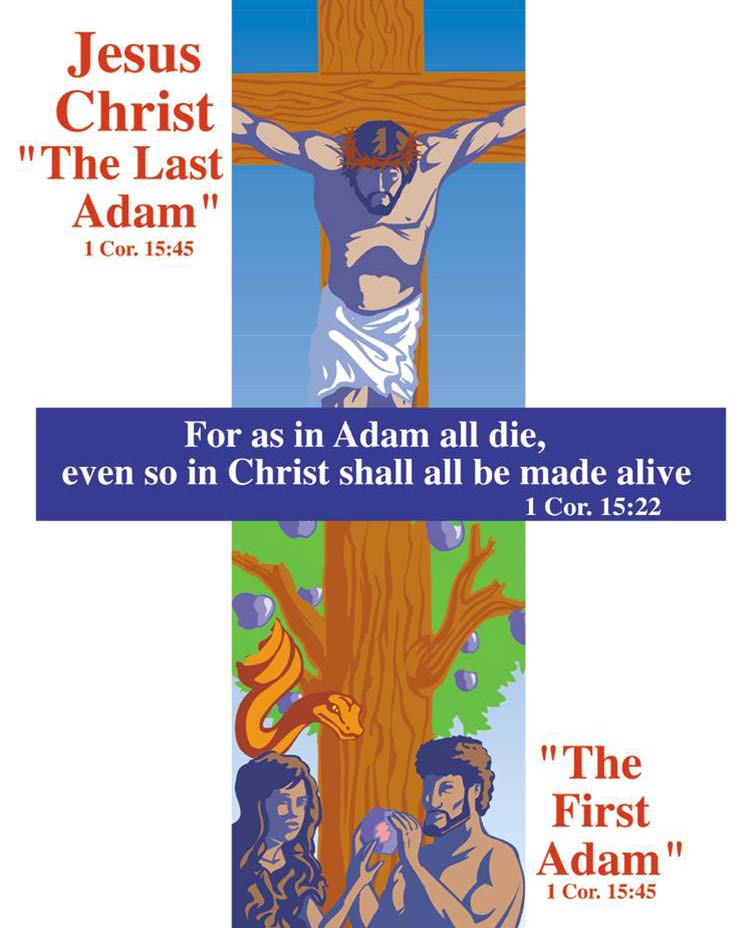Which Adam is “Non-essential” to the Gospel?
Over the past several weeks I have had the opportunity to present in the Creation Museum a scientific analysis of the crucifixion entitled, “The Anatomy and Physiology of the Crucifixion of Christ.” I always say it is the most difficult presentation I ever give. Talking about what Jesus went through physically, emotionally, and spiritually for us to pay the price for sin is truly humbling. However, His death is not the end!
It can’t be the end, as Paul clearly states, “And if Christ is not risen, then our preaching is empty and your faith is also empty.” (1 Corinthians 15:14) If Jesus did not rise, then we would have no hope of eternal life because if Jesus couldn’t defeat death, then neither can we—and we would have no reason to serve God because He would be dead.
So, while the crucifixion isn’t the end—because Jesus did rise from the dead—it is the end of my ability to scientifically analyze the situation. I have had some people call my presentation on the crucifixion, “a resurrection presentation,” and I chuckle because a presentation on the scientific aspects of the resurrection would be very short! The resurrection of Christ is a miracle and cannot be explained by science.
But even though I can’t understand it from a scientific perspective, I don’t believe it any less. I know from God’s Word that Jesus rose, from eyewitness accounts recorded in His Word. Many, many verses detail his post-resurrection appearances, and Paul gives a good summary of many of these appearances in 1 Corinthians 15:3–8.
I have never met a born-again Christian who denied the resurrection of Christ. The reason for that is because most Christians understand how necessary it is to the Christian faith. Yet I have met many Christians who deny the historical account of creation in Genesis. The reason for that is many have never made the connection between the history of creation and the Fall in Genesis and the purpose of the death and resurrection of Jesus Christ.
Why did Jesus need to die? Most Christians would respond that it was to pay the price for sin. True, but what is sin and why are we all sinners? That’s when it becomes necessary to understand the history in Genesis. God made it clear to Adam that disobedience to Him is sin and that if He sinned there would be the punishment of death (Genesis 2:17). Adam and Eve disobeyed God, sinned, and as a result they and all creation were cursed (Genesis 3; Romans 8:22). Because all people are descendants of Adam and Eve, we are all born with a sin nature—a tendency to sin. The history in Genesis is necessary to know what sin is and why we are all sinners and this provides the foundation for why we need Jesus Christ.
In fact, the first evangelistic message and the first prophecy about Messiah is given in Genesis 3:15, “And I will put enmity between you and the woman, and between your seed and her Seed; he shall bruise your head, and you shall bruise His heel.” Right after Adam and Eve sinned, God promised a “Seed,” His Son Jesus Christ, that would come and bruise or crush (some translations) Satan’s head. And because of the promise in Genesis 3:15, we have John 3:16. God loved us so much that He gave His only Son and if we receive His Son we will be saved and live eternally with Him in heaven someday.
So I leave you with the question that I started with: which Adam is “non-essential” to the gospel?

Answers in Genesis is an apologetics ministry, dedicated to helping Christians defend their faith and proclaim the good news of Jesus Christ.
- Customer Service 800.778.3390
- Available Monday–Friday | 9 AM–5 PM ET
- © 2025 Answers in Genesis


